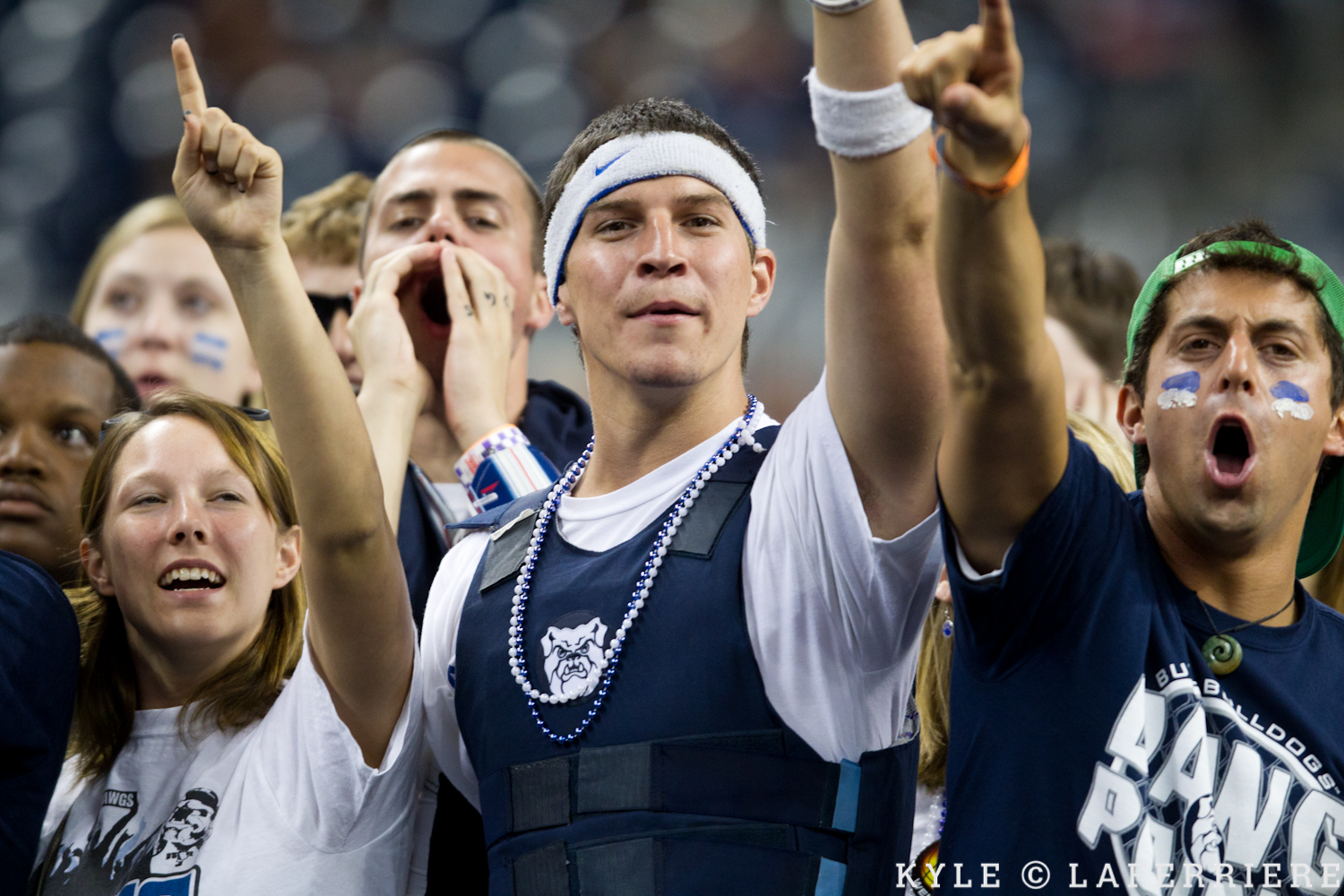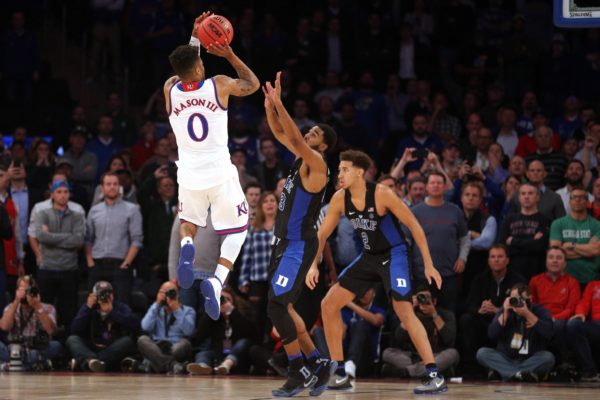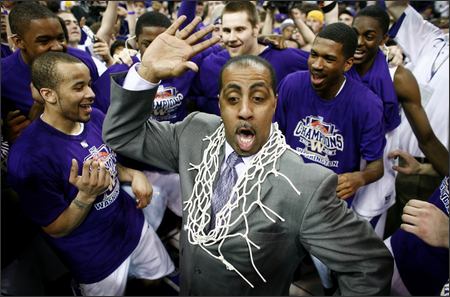Posted by rtmsf on February 4th, 2009
Wait, did you guys hear that? It happened over the weekend… a strange ticking noise, more specifically, it happened as the calendar moved to February. It has the faint sound like a bomb is about to go off, as if some well-known and respected ACC team is about to collapse. Ok, maybe not collapse – that would characterize Clemson. It’s become a pat line around these parts that Clemson inevitably collapses every season. While the Tigers got over that particular demon last year and managed to actually find its way into the NCAA Tournament (losing in the first round to Villanova after leading by as much as 18), there’s still an elevated wariness about Oliver Purnell’s club as it enters the last month-plus of the season.

Ok, so how about swoon? How about starting to jerk and fit and shudder and snort like some epileptic old fighter trying to make contact with his younger adversary (that would be known as… Rocky Balboa)? Still good enough to not completely embarrass itself, but definitely not as dominant as the first two-thirds of the season. Yeah, we’re talking about Duke.

- It’s Good Times Now at Duke – But What’s Coming?
How dare we?!? The Devils are currently 19-2 (6-1 ACC) and #1 in the RPI. They can spread, penetrate and shoot the rock. They play defense like maniacal meerkats protecting their lair. They even rebounded from a close road loss to Wake Forest last week with a demolition of Virginia (well, it was Virginia). But hear us out. There is a history that suggests that Coach K’s teams of recent vintage have more troubles at the end of the regular season than they do at the beginning and the middle. Check the table below, which begins after Duke’s last truly great team, the 2001 national champions (keep in mind, these are regular season numbers):

Ok, so let’s reconcile the obvious criticism first and foremost…
- Duke plays in the ACC, a tough conference, so it makes sense that their Nov-Jan record (full of cupcakes and fewer ACC games) will be much better than their Feb/Mar record.
Right and wrong. Duke does load up on easy home wins in Nov/Dec, for sure, which builds the bulk of their guady annual Feb. 1 records. But the ACC season is, on average, 42% completed by Feb. 1 during this eight-year period (6.75 games of a 16-game slate), and Duke still only has has a total of seven conference losses in Dec/Jan. If you project that out to the remainder of its ACC schedule over the last eight seasons, we would expect to see 16 or 17 total losses for the Dukies in the ACC regular season. Instead we’ve seen 23 ACC losses, a full 39% higher than the rate anticipated by the Dec/Jan ACC slate.
So what might cause Duke to “swoon” to the tune of a 39% higher rate of losses in the ACC regular season in Feb/March? A few things…
- They Play Carolina Twice. This is as good a reason as any, as ESPN and ABC want to push both editions of the premiere rivalry in the game to as late in the schedule as possible. Only once in the past eight years has the first game been in January (1/31/02), and the other thirteen regular season matchups have accounted for six of Duke’s 23 ACC losses. This year’s games, fyi, are on 2/11 and 3/8.
- Duke Wears Down. We all know that Coach K gets his players to play REALLY HARD (if you don’t believe us, listen to any ESPN announcer for corroboration. Or this.). Seriously, they do get after it, especially on defense. But when you’re playing with the same balls-t0-the-wall intensity in November as you are in late February, it makes sense that you might start to wear down physically and mentally. Just a little. Just enough to not have the same fire in the tank when you’re on the road in another ACC dogfight.
- Coach K Doesn’t Develop His Bench. This is corollary to the above reason – part of the problem with players wearing down is because K plays them into the ground. This year is better than others – there are only two players (Kyle Singler and Jon Scheyer) playing 30+ minutes per game, but it’s a commonly held truth that K’s rotation is usually only seven players deep.
- Other Teams Catch Up. Duke is traditionally one of those teams that doesn’t start off slow – just look at the above table for proof of that. The Devils are usually excellent from the first tip, walking away year after year with Maui, NIT, you-name-it preseason tournament titles. For whatever reason, some other teams aren’t like this. UCLA is notorious under Howland for having great regular seasons, but not really working on all cylinders until the end of the year. Maybe the rest of the ACC is ‘catching up’ with Duke by February and March.
- Duke is Simply Evil, and the Basketball Weauxfgods are Making Them Pay. Sorry, we think that our nephew must have gotten a hold of the computer for a moment there.
Whatever the reasons for Duke’s regular season swoons in February and March of the last several years, it will be interesting to watch this year’s version to see if it happens again. The schedule (@ Clemson; @BC; @ Va Tech; Wake Forest; UNC twice) certainly lends itself to another swoon, but we’ll have to wait and see how the Devils respond. Starting tonight.
| rtc analysis
| Tagged: acc, coach k, duke, duke swoon, regular season, schedules, statistical analysis, unc
Share this story


















































